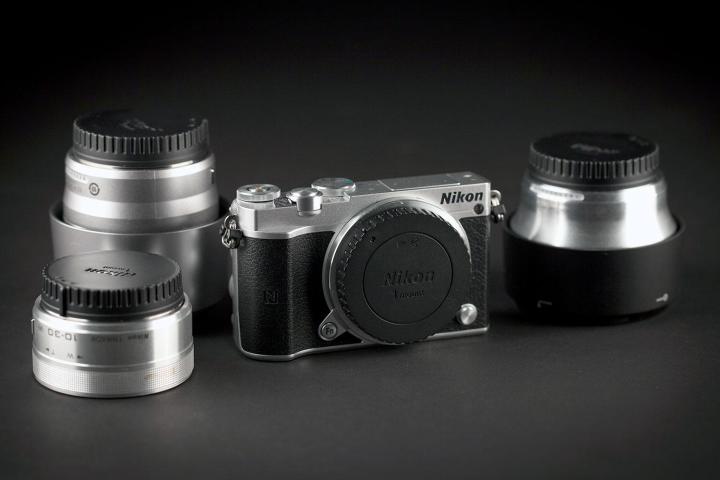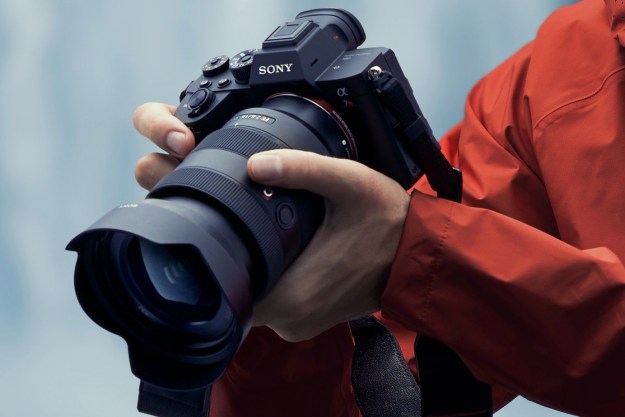
Nikon no longer has a mirrorless camera line. Nikon Inc. in Japan confirmed today that the 1-series is no longer in production, ending its seven-year run.
“The Nikon 1-series cameras, lenses, and accessories are no longer in production,” a Nikon Inc. spokesperson told Digital Trends. “The Nikon 1 J5 and other Nikon 1 products are available at select retailers in some regions.”
The Nikon 1’s demise is unsurprising — the series was rumored to be on the way out last year. The latest camera in the series is now three years old. The end of any interchangeable lens series, however, is significant, since the lenses no longer have a compatible body on the market, hurting any photographer who invested in the 1-series lenses.
With a 1-inch sensor, the Nikon 1 line was more of an enthusiast and consumer camera series than an option for professionals. The line was compact and affordable, but often didn’t fare well when compared to mirrorless cameras with larger sensors at only a slightly higher price point.
While some early models were a bit lackluster, the later bodies had a few unique perks that earned them recommendations. The Nikon 1 AW1, for example, is fully waterproof — not simply weatherproof — and despite its age, is still the only interchangeable lens camera on the market that could be used underwater without an optional housing. When the Nikon 1 J5 was announced, the compact mirrorless was one of the fastest cameras on the market, with a 20-frames-per-second burst. That speed has since been matched or outpaced by cameras like the Sony A9, which reaches that same speed with a much larger full-frame sensor. While mirrorless cameras from other companies continued to advance, the 1-series was falling behind the times.
After announcing a restructure in 2016, Nikon’s lineup has shifted to a larger focus on high-end options, like the highly lauded Nikon D850 (the company recently reported a profit). That restructure also ended the Nikon DL-series of advanced compacts before the cameras ever shipped. The DL models were built around a one-inch sensor similar to those inside the 1-series.
The removal of Nikon’s only mirrorless line has sparked a serious stir in the rumor pool, with many wondering if Nikon is pulling out of the mirrorless category — just as other camera makers are strengthening their lineups — or if another mirrorless replacement is on the way. Just last year, Nikon representatives confirmed that the company is developing a mirrorless camera that “builds upon Nikon’s strengths, and offer the performance customers expect.” Nikon hasn’t released any other details or a timeline outside of confirming the development. While it’s the end of the 1-series, we can’t imagine Nikon abandoning mirrorless completely, as the category is gaining traction.
Editors' Recommendations
- New Nikon camera gear for space station marks end of an era
- Canon EOS R5 vs. Sony A7S III vs. Panasonic S1H: Best full-frame for video?
- Nikon Z 6 vs. Nikon D780: The family feud in the mirrorless vs. DSLR debate
- Sony vs. Nikon: How to choose between two great camera brands
- Canon vs. Nikon: Everything you need to know about the camera heavyweights




